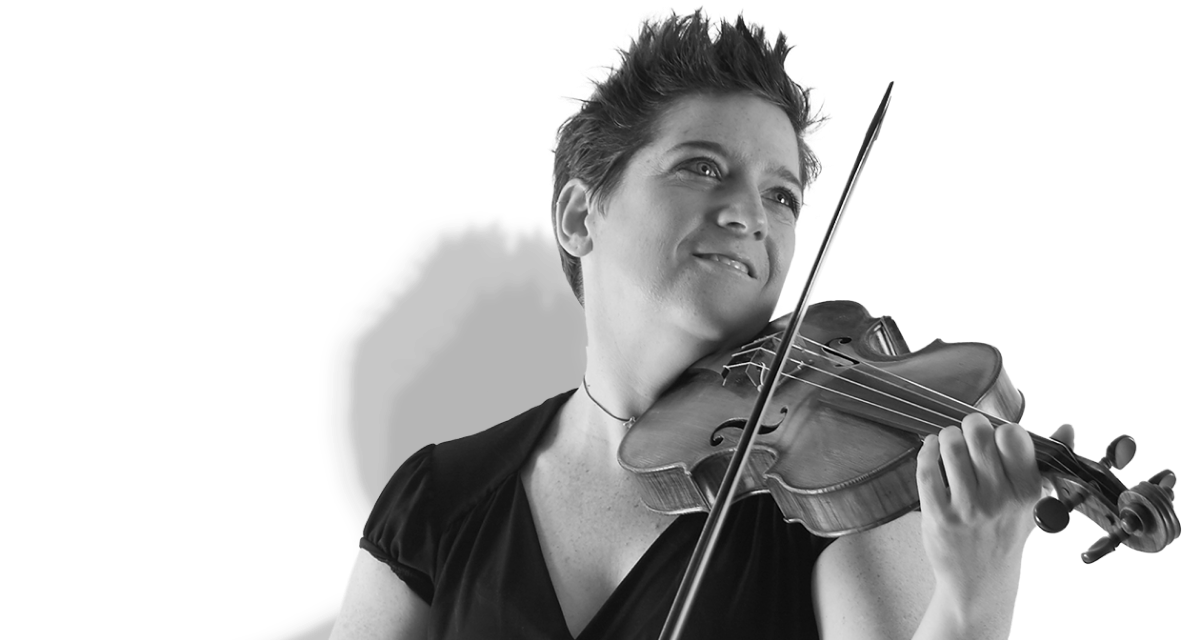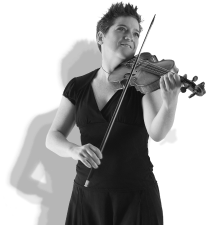In our latest genre-bending music video, we remade Gotye's hit music video 'Somebody that I used to know'.
We remade the classic video with Purcell’s (quite literally) chilling ‘What Power Art Thou’ from King Arthur. The result is an optical illusion where our singer, Dingle Yandell, becomes a part of the frosty background behind him.
What is the link between the two songs?
Gotye’s Somebody that I used to know depicts a failed relationship and the heart-wrenching aftermath of two people who once were in love now becoming strangers in each other’s lives. As the video progresses, Gotye is slowly subsumed by body paint and eventually fades into the background of a canvas. An optical illusion is created where it is hard to tell where the background begins and his body ends. The lyrics of Gotye’s song tie in with this visual metaphor, as he laments ‘You didn’t need to cut me out’ and ‘make out like [the relationship] never happened’. Quite literally, Gotye’s identity has been lost as he becomes a part of his surroundings.
The ‘frost scene’ in Purcell’s King Arthur portrays a supernatural vision of the winter chill. The aria ‘What Power Art Thou’ is sung as Cupid awakens the ‘Cold Genius’, the Spirit of Winter. As he defrosts, the spirit lambasts Cupid’s spell as he shivers and ‘can scarcely move or draw [his] breath.’ The cold encompasses him and he wishes to ‘freeze again to death’ and return to what is safe and familiar.
At the start of the video, Dingle’s deliberately pallid skin is striking against a plain black backdrop. As the song progresses, the frosty paint creeps towards the singer and, like in the Gotye video, spreads over his body and pulls him into the shard-like background. Eventually, the only identifiable features are the mouth and eyes, which pierce through the camera. When these shut, he is absorbed into the canvas.
Purcell’s evocative song has engendered multiple visual interpretations. One of the most famous interpretations of ‘What Power Art Thou’ is Newwave Vaudille star Klaus Nomi’s countertenor realisation in 1981. The theatricality of his costume enhances Nomi’s stunning performance; a transparent PVC collared cape towers above his ghostly make-up and voluminous hair. However, his futuristic costumes were more than just creative expression; Nomi wore theatrical collars to help cover the Kaposi sarcoma marks on his neck. This was just one of the numerous AIDS-related diseases Nomi developed toward the end of his life that eventually led to his death.
Nomi powerfully uses makeup and costume to enhance and conceal parts of his performance. Similarly, the OAE’s adaptation of ‘What Power Art Thou’ uses the paint to draw attention to the singer’s body, only to conceal it in a fragmented background.
How was the film made?
To create the effect of the paint taking over the background and Dingle’s body, we used a stop-motion technique. Over the course of a 10-hour day, Dingle stood in place while our team painted small sections of the background, took a photo and repeated until both the canvas and Dingle were covered in paint.
Dingle recalls his experience of filming on the day:
‘When Crispin propositioned the idea of filming this video, I first realised that Gotye had no clothes on and secondly realised that I was surprisingly game for such a whacky project. The process wasn’t easy; I was standing there for hours, mostly naked, my whole body aching and the soles of my feet becoming increasingly sensitive. I had to stay absolutely still so it didn’t ruin the effect of the stop motion. It was painstaking process for everyone involved, but the OAE’s commitment to making these videos is admirable and I’m so pleased with the final result.’
We are currently working on a series of eight ‘music video remake’ films, in which we take the production values of iconic popular music videos and apply them to baroque arias. Each film features an alumnus of our Rising Stars of the Enlightenment Scheme for young singers. The first of our films is a dangerous underwater remake of Radiohead’s No Surprises with baritone James Newby singing Handel’s ‘Cara Pianta’. The second is mezzo-soprano Helen Charlston performing a video-in reverse of Purcell’s ‘When I am laid in Earth’ from Dido and Aeneas, taking its energy from Coldplay’s The Scientist.
If music is good, it’s good regardless of its genre. Love Coldplay. Love Purcell. Love Music.

